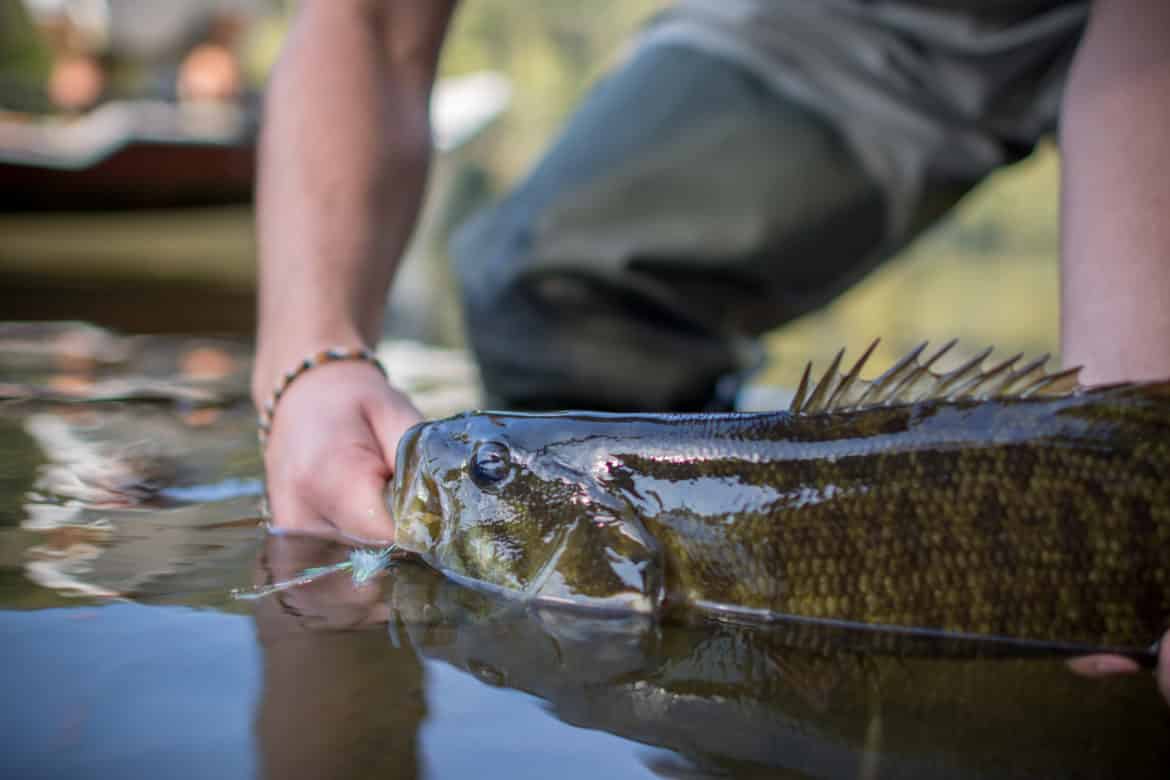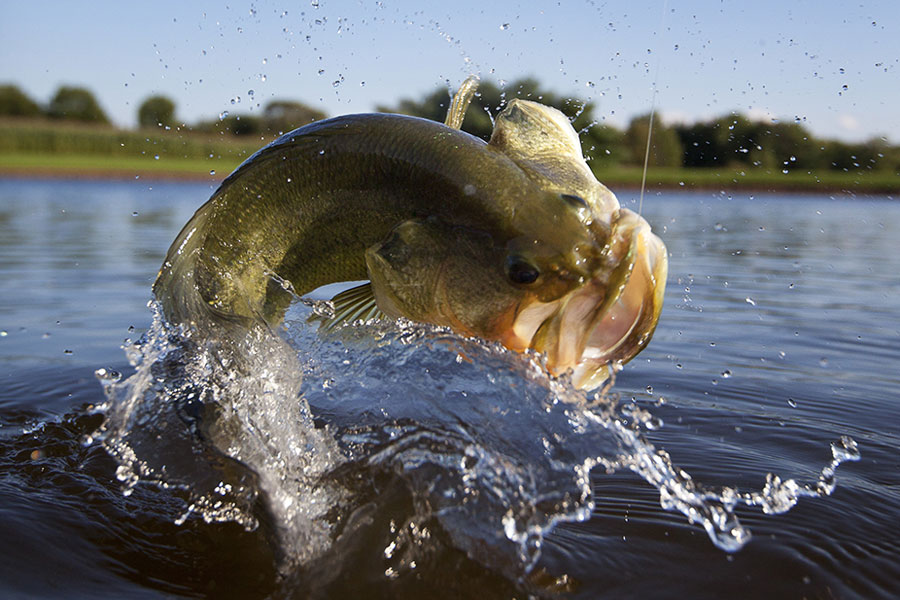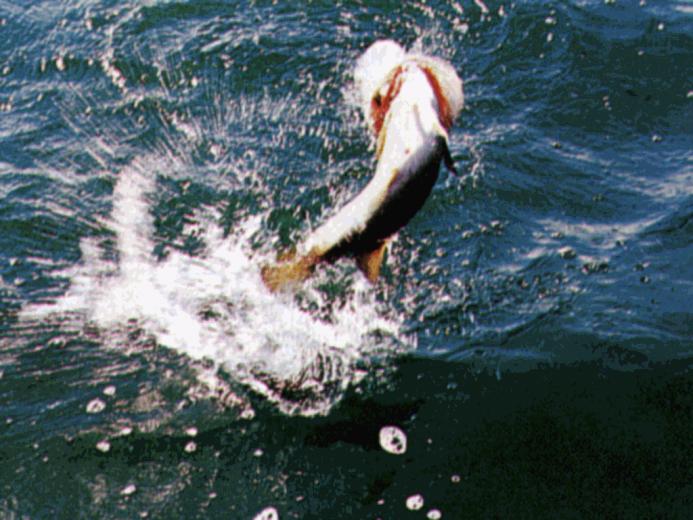It’s the time of the year when we all feel like getting in the great outdoors and enjoy life as we focus on being locked-up for over 15 months putting that ever dreaded COVID-19 behind us.
I have received the following from the US Angler to help get the word out if you’re a fishing enthusiast who welcome the chance to get outside and enjoy life.
Enjoy the read:
These two words are enough to send a shiver of excitement up an angler’s spine.
If you’ve ever tied into a big female, watching her leap clear of the water in an effort to throw your hook, you know why.
That first glimpse of a fantastic fish, the rush of excitement when your rod starts to take her weight, the pulse-pounding seconds when she runs for a stump as you try to muscle her back toward the boat–these are the moments that anglers live for!
As winter loses its grip on the weather, it’s time for many to focus on largemouth. And if you’d like to catch more bass, and maybe a few real bruisers, we’d like to help.
Below, you’ll find a few of our most useful bass fishing tips and techniques – all of which are guaranteed to improve your largemouth success!
Largemouth Bass Basics
The largemouth bass (Micropterus salmoides) is perhaps the American angler’s most prized trophy.
Shading from olive green near the dorsal fin to a brilliantly white belly, the largemouth can reach an impressive 30 inches and 20 pounds over its 10 to 16-year lifespan.
As is typical, females are generally larger than males.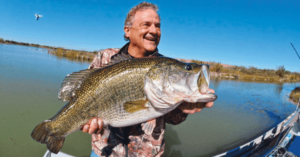
Unsurprisingly, this species gets its common name from the size of it’s expanding mouth, which it uses to “suck” in prey items.
Indeed, largemouth bass are voracious predators that eat pretty much anything that can fit in their capacious mouths. You can think about fishing with glide baits when going bass fishing, as they could draw in the larger ones for a good bite.
Their usual prey ranges from minnows and crawfish to snakes, frogs, and other fish. Bass aren’t finicky eaters, and unless there’s sufficient cover for prey to hide, they can quickly clean a pond of food, resulting in long-term starvation.
Bass are ambush predators, finding a good place to hide by using cover and structure to their advantage.
As a result, you can find some real bruisers in tough places to fish: downed trees, clusters of stumps, and thick vegetation like lily pads, weed beds, and water covered by grass mats.
Is fall right around the corner? Here’s our top tips for fall bass fishing!
Spawning Behavior
Largemouth bass begin spawning when water temps reach a constant 60 degrees. Sand and gravel are top choices for spawning beds, and like many other species, expect the males to make the first moves from winter holding areas, followed by females a tad later.
During the spawn, bass of both sexes will be concentrating on reproduction rather than feeding, with both males and females holding over the spawning grounds and beds.
After mating concludes, the females will move off to begin feeding, leaving the males to guard the eggs and fry.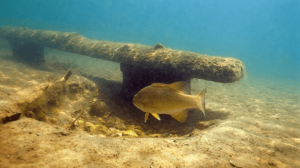
During and just before the spawn, bass can be triggered to bite either by instinctive reflex or by irritation, however, and we offer some tips below to help you make the most of this season.
Bass Fishing Tips: How to Catch More Largemouth
Use the Right Line
Bass fishing is pretty tackle-intensive, and the right gear can mean the difference between a trophy and nothing at all.
Check out our guides for the best bass fishing rods and bass fishing reels!
But as we’ve discussed before, there is more misinformation, myth, and muddle surrounding line choice than in any other aspect of fishing.
And while there’s no “best” line for every situation, there are some general recommendations we can make.
If you want to know why we say what we do, and how we can be sure, please check out our full “Fishing Line Myths Busted” article.
Monofilament
We like mono a lot, and serious mono like Stren Original is fantastic for most anglers and many circumstances.
It ties easily, preserving tensile strength at the knot. That means you’ll be far less likely to have a line failure than with other choices. It also provides superior shock strength and impressive real-world abrasion resistance.
We like that shock absorbing stretch, especially when bass try to throw our hooks, but it can be a problem for hooksets.
Mono floats, and that can be an advantage in two respects. On the one hand, it’s awesome when you’re working top-water lures.
On the other hand, it can slow the fall of your rig just a hair, which, as you’ll see below, can matter a lot.
Mono’s disadvantages? It’s not as limp and castable as braid, and that stretch really can compromise a hookset when worm fishing.
Braid
Braid offers some serious advantages. Because it’s strong for its diameter, you can pack more line on your reel with braid than you can with mono or fluorocarbon.
Since it barely stretches at all, it’s also the most sensible choice, and it generally casts better than alternatives, too.
But it doesn’t tie particularly well, and worse still, its knot strength is very poor across most brands.
As we’ve said before, TackleTour’s tests revealed an average knot strength of just 49 percent for braided lines!
For 20 pound test, then, that means that the average braid will start to experience knot failure at just 9.8 pounds!
That’s simply a huge disadvantage, largely negating the superior strength of braid.
One way to overcome this is to step up to very heavy tests–that’ll give you more tensile strength at the knot.
Pros like Bobby Lane will often do this, running 50 and 65-pound braid on their casting gear. Tied properly, that gives them 30 or so pounds at the knot.
Part two posted Sunday June 13th.

